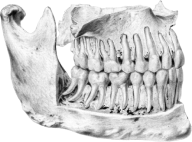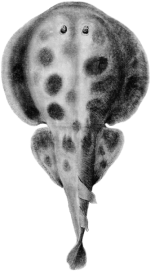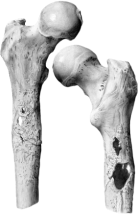
Corrosion cast of the liver after injection of the portal vein (light blue), hepatic artery (red), biliary tract (yellow) and inferior vena cava (dark blue).
Anatomy Collection
The anatomy collection consists over 1,000 specimens preserved to demonstrate human anatomy. The specimens consist of preserved prosections (e.g. cadaveric parts dissected to demonstrate certain anatomic structures), articulated and disarticulated bones, and resin casts demonstrating the vascular, respiratory, urinary and biliary systems.
Specimens in this collection have museum identification numbers with the prefix RCSAC.
The collection is divided into the following areas
- cranial cavity and brain
- head and neck
- thorax and thoracic viscera
- abdominal wall and viscera
- spinal cord and vertebral column
- upper limb
- lower limb
Human Tissue Act
Many of the human tissue specimens in the Anatomy Collection are under 100 years old and therefore covered by the Human Tissue Act (HTA) 2004. This act regulates the removal, storage and use of human tissue. Consequently these specimens have restrictions on how they can be used.
Human remains which are less than 100 years old are not included in SurgiCat, the Royal College of Surgeons of England collections catalogue. Please contact RCS England Museums if you require information on human tissue less than 100 years old.
Anatomy and Pathology Museum
More than 300 of these specimens are on permanent display in the Anatomy and Pathology Museum at the Royal College of Surgeons of England, along with specimens from the Pathology Collection. This museum is open to medical and allied health trainees and professionals in order to support their understanding of human anatomy and pathology.
Visit the Anatomy and Pathology Museum website to find out more.
SurgiCat
Explore the Royal College of Surgeons of England collections catalogue



